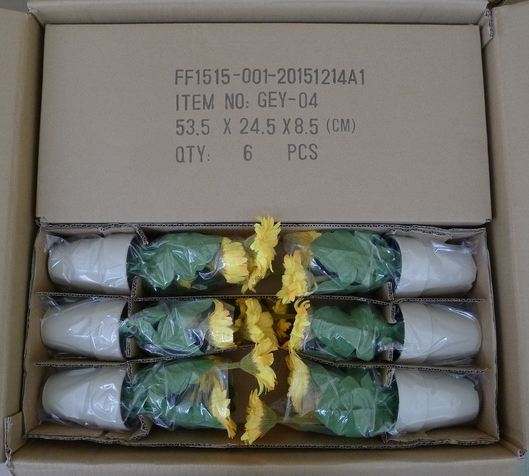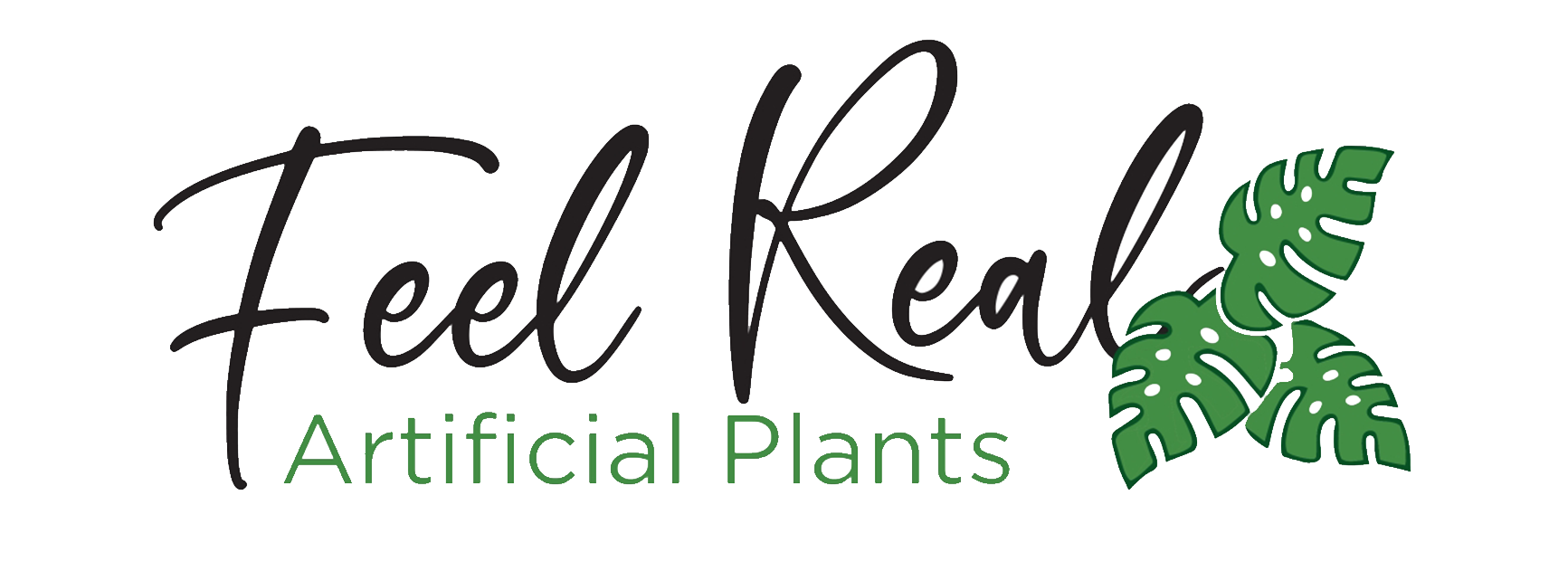Customs inspections are a critical yet often misunderstood aspect of international trade, particularly for artificial plant importers. Understanding the nuances of these inspections can significantly impact the efficiency and success of your import operations. This article delves into the secrets of customs inspections, providing insights and practical advice rarely discussed in the industry. By mastering these details, you can ensure smoother transactions, avoid costly delays, and maintain compliance with global trade regulations.
– Understanding Customs Inspections
Customs inspections are a fundamental aspect of international trade, serving to regulate and facilitate the movement of goods across borders. For artificial plant importers, a deep understanding of these inspections is essential to ensure compliance and efficiency in the supply chain.
1. What is a Customs Inspection?
A customs inspection is a regulatory process conducted by customs authorities to verify that imported goods comply with all applicable laws and regulations. The primary objectives are to ensure accurate duty collection, prevent illegal trade, and protect national security. Customs inspections involve examining the documentation and, in some cases, the physical goods themselves.

2. Types of Customs Inspections
Documentary Check: This involves reviewing the shipment’s paperwork, such as the commercial invoice, packing list, and bill of lading. The aim is to verify the accuracy of the information provided, including the declared value, quantity, and classification of the goods. For artificial plant importers, it is crucial that documents accurately reflect the contents and comply with the correct Harmonized System (HS) codes.
Physical Examination: Customs officers may conduct a physical inspection of the goods to ensure that they match the descriptions provided in the documentation. This can involve opening containers and packages to check for compliance with safety standards and import regulations. In the case of artificial plants, inspections might focus on material composition and labeling, ensuring that products meet phytosanitary standards and other regulations.
Random and Targeted Inspections: While some inspections are conducted randomly, others are targeted based on risk assessments. Factors influencing the likelihood of an inspection include the importer’s compliance history, the origin of the goods, and the nature of the products. High-risk items or shipments from regions with stricter controls may be subject to more frequent inspections.
– Common Issues Faced During Customs Inspections
Customs inspections can present several challenges for artificial plant importers, many of which stem from specific nuances and regulations that are often overlooked. Understanding these common issues can help importers better prepare and navigate the inspection process, ensuring smoother and more efficient customs clearance.
1. Documentation Errors
One of the most frequent problems during customs inspections is incomplete or inaccurate documentation. Importers often face delays when the provided documents do not match the shipment details or fail to comply with customs requirements. Common documentation errors include:
Incorrect HS Codes: Harmonized System (HS) codes are used globally to classify traded products. Misclassification can lead to incorrect duty assessments and potential fines. For artificial plants, precise classification is essential to avoid these issues.
Incomplete Invoices: Missing information on commercial invoices, such as product descriptions, quantities, and values, can trigger customs queries. Ensuring all necessary details are included and accurate is crucial.
Missing Certificates: Certain artificial plants may require specific certificates to comply with import regulations. Failure to provide these documents can result in shipment holds or rejections.
Product Misclassification: Accurate product classification is critical for compliance and accurate duty assessment. Misclassifying artificial plants can lead to higher tariffs, fines, or shipment delays. Importers need to ensure they are well-versed in the correct HS codes and any special classifications that apply to their products.
2. Regulatory Compliance
Each country has specific regulations governing the import of artificial plants. These can include environmental standards, material restrictions, and labeling requirements. Non-compliance with these regulations can result in significant delays and additional inspections. Importers should be aware of:
Material Restrictions: Some countries have restrictions on the materials used in artificial plants, such as plastic and certain dyes. Verifying that products meet these requirements before shipment can prevent issues at customs.
3. Packaging and Labeling Issues
Improper packaging and labeling can cause significant delays and additional scrutiny during customs inspections. For artificial plant importers, ensuring that products are packaged securely and labeled correctly according to destination country requirements is essential. Common packaging and labeling issues include:

Non-compliant Labels: Labels must include accurate descriptions, origin information, and any required safety warnings. Incorrect or missing labels can lead to inspection delays.
Inadequate Packaging: Poor packaging can result in damaged goods, which may trigger more detailed inspections and potential rejection of the shipment.
– Preparing for a Smooth Customs Inspection
Ensuring a smooth customs inspection is crucial for artificial plant importers to avoid delays, additional costs, and potential fines. Proper preparation involves meticulous attention to documentation, packaging, and compliance with regulations.
1. Proper Documentation
Comprehensive and Accurate Paperwork: The cornerstone of a smooth customs inspection is complete and accurate documentation. Importers should ensure that all required documents are prepared well in advance and checked for accuracy. Essential documents include:
Commercial Invoice: This should detail the description, quantity, and value of the goods, along with the HS codes. Ensure that the information is clear and matches the shipment exactly.
Packing List: This document should itemize the contents of each package, providing an accurate count and description of the items.
Certificates of Origin: Depending on the destination, a certificate of origin may be required to verify where the goods were manufactured.
Regular Audits and Reviews: Conducting regular audits of your documentation process can help identify and correct potential issues before they lead to problems during customs inspections.
2. Packaging and Labeling
Secure and Compliant Packaging: Proper packaging not only protects the goods during transit but also facilitates a smoother customs inspection. For artificial plants, consider the following:
Durable Materials: Use high-quality, durable packaging materials that can withstand handling and transportation stresses.

Clear Labeling: Ensure that all packages are clearly labeled with detailed product descriptions, HS codes, and origin information. Labels should comply with the specific requirements of the destination country.
Standardized Packaging Processes: Implement standardized packaging processes to ensure consistency across shipments. This includes training staff on correct packaging and labeling practices and regularly reviewing procedures to incorporate any regulatory changes.
3. Communication with Suppliers
Clear Communication Channels: Establishing clear and effective communication channels with your suppliers is crucial. This ensures that they are aware of and comply with all documentation and packaging requirements. Regular updates and training sessions can help maintain compliance and prevent misunderstandings.
Detailed Purchase Orders: Provide your suppliers with detailed purchase orders that specify all requirements for documentation, packaging, and labeling. This includes exact product specifications, HS codes, and any certification needs.
4. Leveraging Technology
Digital Documentation Systems: Using digital documentation systems can streamline the preparation and management of import documents. These systems reduce errors, ensure compliance, and facilitate quick access to necessary paperwork during customs inspections.
Track and Trace Solutions: Implementing track and trace solutions allows for real-time monitoring of shipments. This technology helps identify and address potential issues early, ensuring that the goods arrive on time and in compliance with all regulations.
5. Engaging Customs Brokers
Professional Assistance: Engaging experienced customs brokers can significantly ease the customs clearance process. Brokers are familiar with the intricacies of customs regulations and can provide valuable assistance in preparing and submitting accurate documentation, ensuring compliance, and expediting inspections.
Regular Consultations: Maintain regular consultations with your customs brokers to stay updated on any changes in regulations or requirements that may affect your shipments. This proactive approach helps in adapting to new rules swiftly and avoiding potential delays.

– Tips for Handling Customs Delays and Issues
Navigating customs delays and issues is a common challenge for artificial plant importers. Proactive measures can significantly mitigate these risks and ensure smoother transactions.
1. Pre-Inspection Arrangements
Pre-Shipment Inspections (PSI): Engage in pre-shipment inspections to verify that all goods meet the required standards before they leave the supplier’s warehouse. This can include checking for compliance with packaging, labeling, and product specifications. PSIs help identify and rectify potential issues early, reducing the likelihood of delays at customs.
Mock Inspections: Conduct mock inspections to simulate the customs inspection process. This prepares your team for real inspections and helps in identifying and addressing potential documentation or packaging issues.
2. Detailed Advance Planning
Customs Compliance Program: Develop a comprehensive customs compliance program that includes detailed procedures for preparing shipments, maintaining documentation, and ensuring regulatory adherence. Regularly update the program to reflect changes in international trade laws and regulations.
Risk Assessment: Perform a thorough risk assessment for each shipment. Identify potential issues that could trigger delays, such as specific regulatory requirements for artificial plants or recent changes in customs procedures. Develop contingency plans to address these risks proactively.
3. Effective Communication Channels
Dedicated Customs Liaison: Appoint a dedicated customs liaison within your team to handle all communication with customs authorities. This person should be well-versed in customs regulations and capable of resolving issues swiftly.
Supplier Coordination: Maintain open and effective communication channels with your suppliers. Ensure they are fully aware of and compliant with your documentation and packaging requirements. Regular updates and training sessions can help keep them informed about any changes in regulations.
4. Leveraging Technology
Automated Documentation Systems: Implement automated systems for preparing and managing import documentation. These systems can reduce human errors, ensure compliance with customs requirements, and expedite the documentation process. Digital platforms can also facilitate easier access to necessary documents during inspections.
Real-Time Tracking: Utilize real-time tracking solutions to monitor your shipments. This technology can provide alerts about potential delays and allow for timely interventions to mitigate issues. Tracking systems can also help in providing accurate ETAs to customers, improving overall service reliability.

5. Collaborating with Experts
Customs Brokers: Engage experienced customs brokers who are knowledgeable about the specific requirements for importing artificial plants. Brokers can provide valuable guidance on compliance, documentation, and regulatory changes, ensuring smoother customs clearance.
Legal Consultation: Consult with legal experts specializing in international trade law. They can provide insights into complex regulatory environments and help in drafting robust contracts that include clear terms for handling customs-related issues.
6. Continuous Improvement
Feedback Loop: Establish a feedback loop to learn from each customs inspection experience. Document any issues encountered and the solutions implemented, and use this information to improve future shipments. Regularly review and update your customs compliance program based on this feedback.
Training Programs: Invest in continuous training programs for your team. Keeping your staff updated on the latest customs regulations, documentation requirements, and best practices can significantly reduce the risk of delays and issues.
Successfully navigating customs inspections is crucial for artificial plant importers. By understanding the process, preparing thoroughly, and implementing proactive measures, you can avoid delays and ensure efficient, compliant operations. Leveraging these unique insights will help you stay ahead in the competitive global market.


